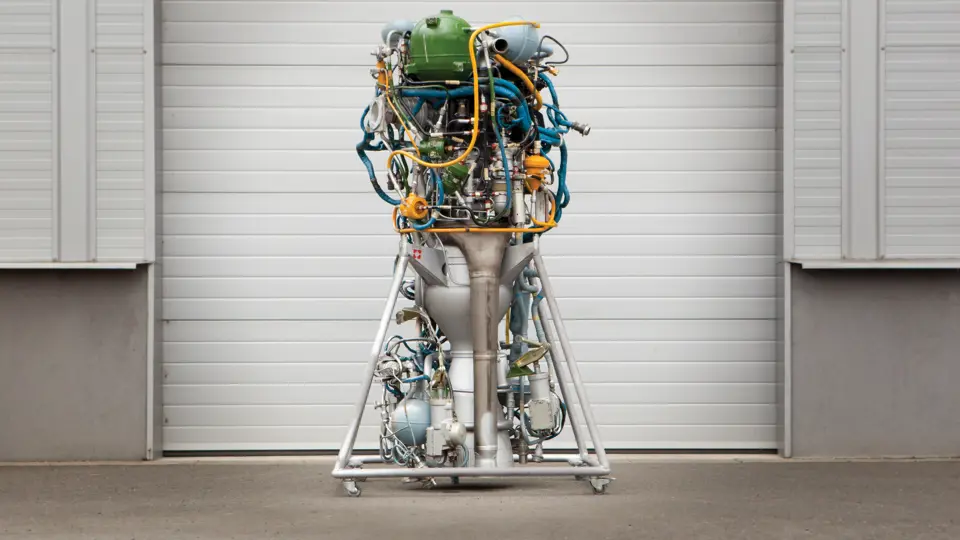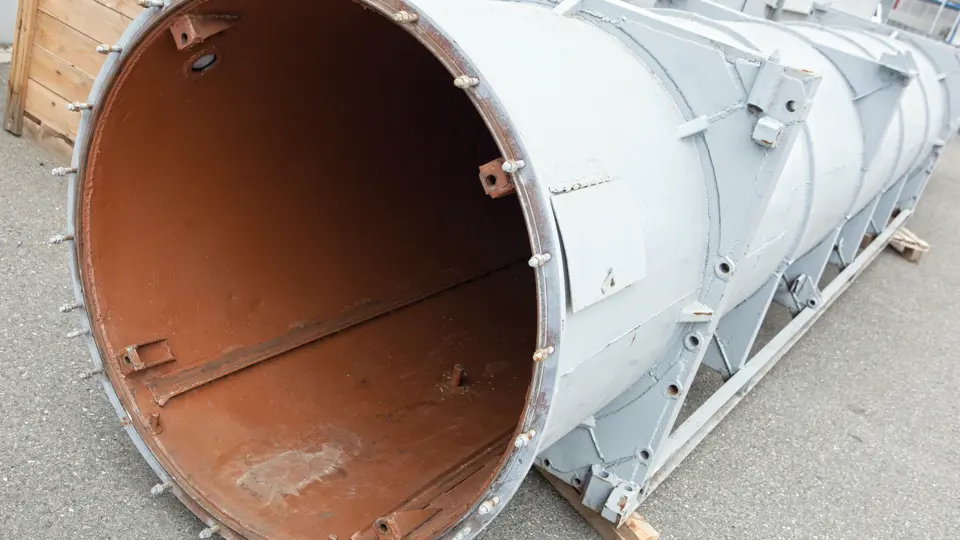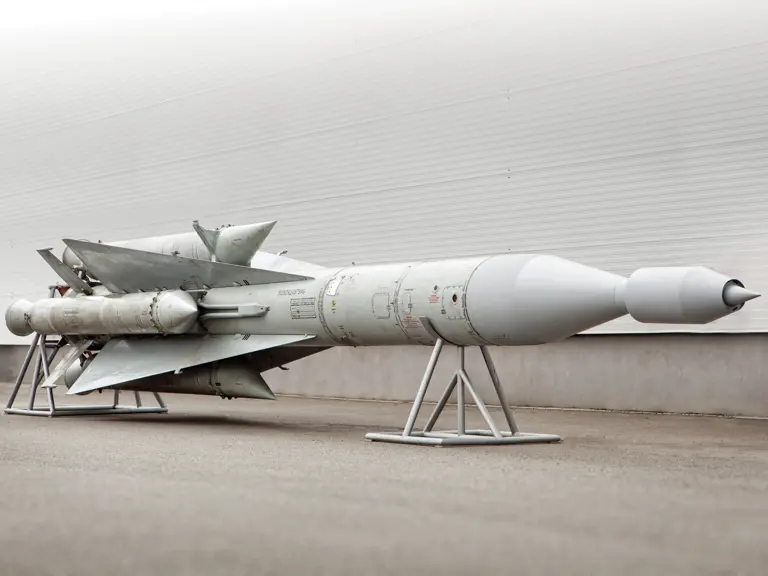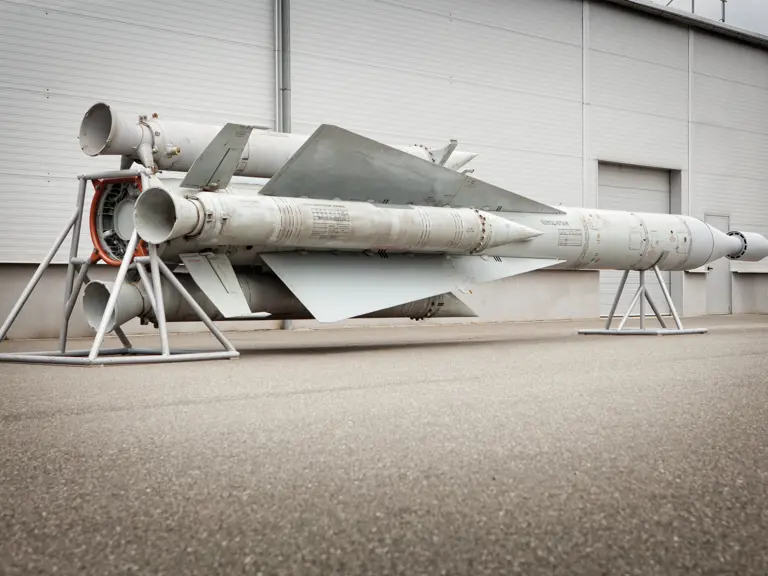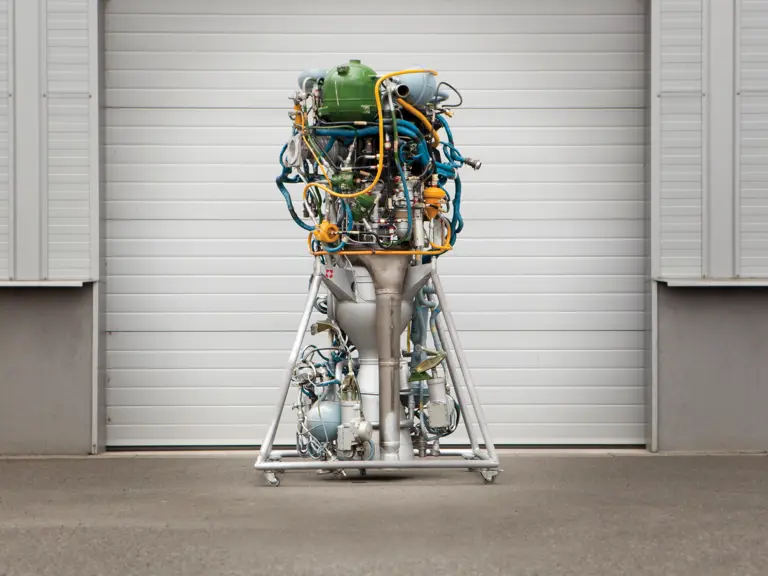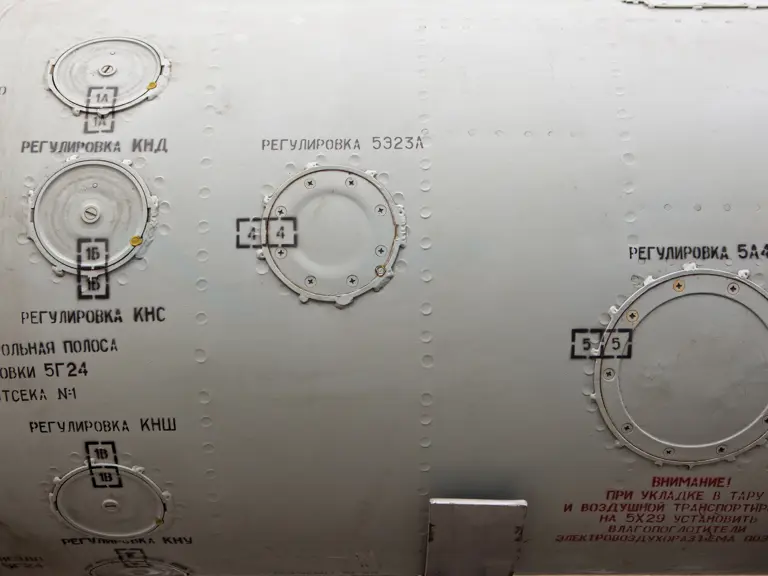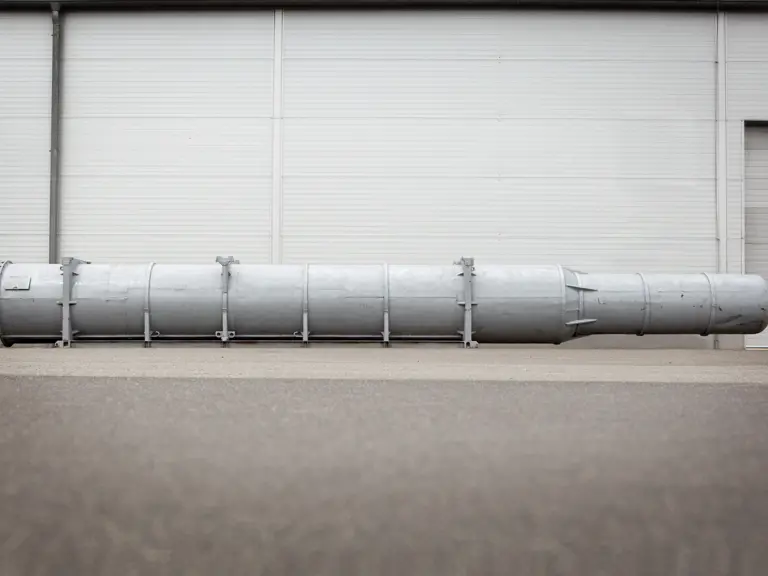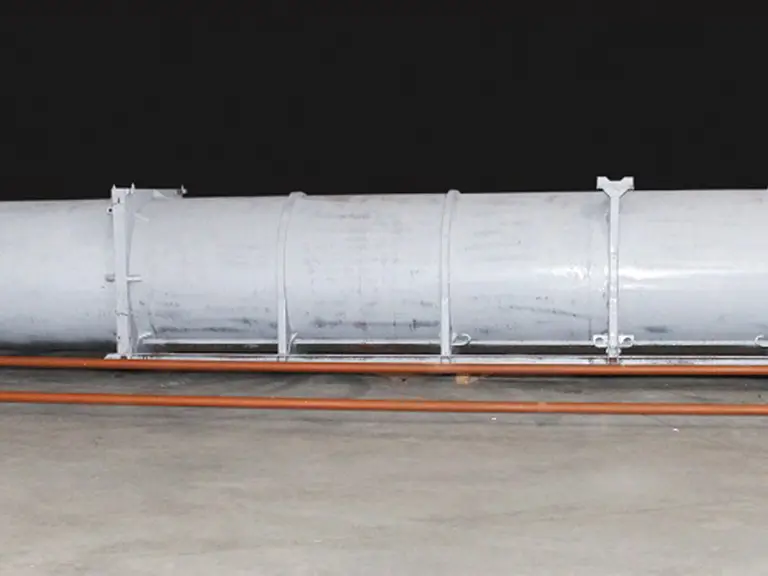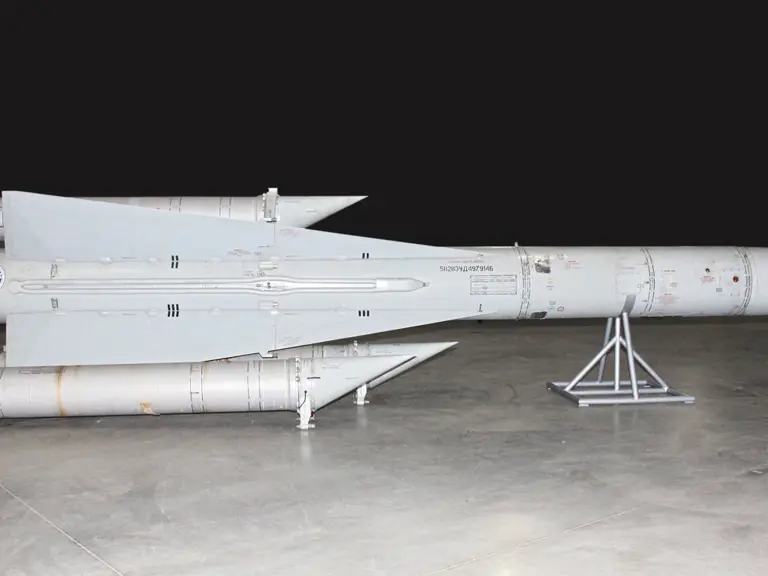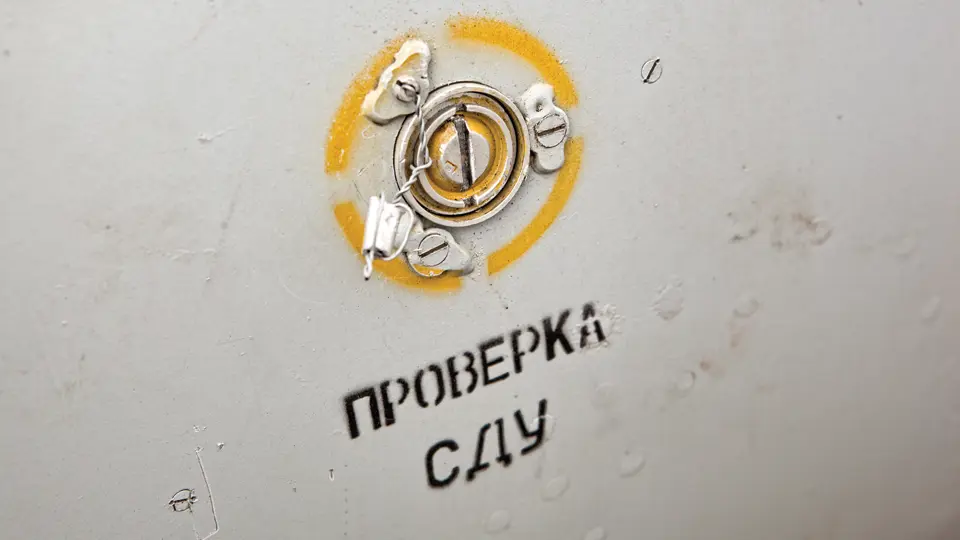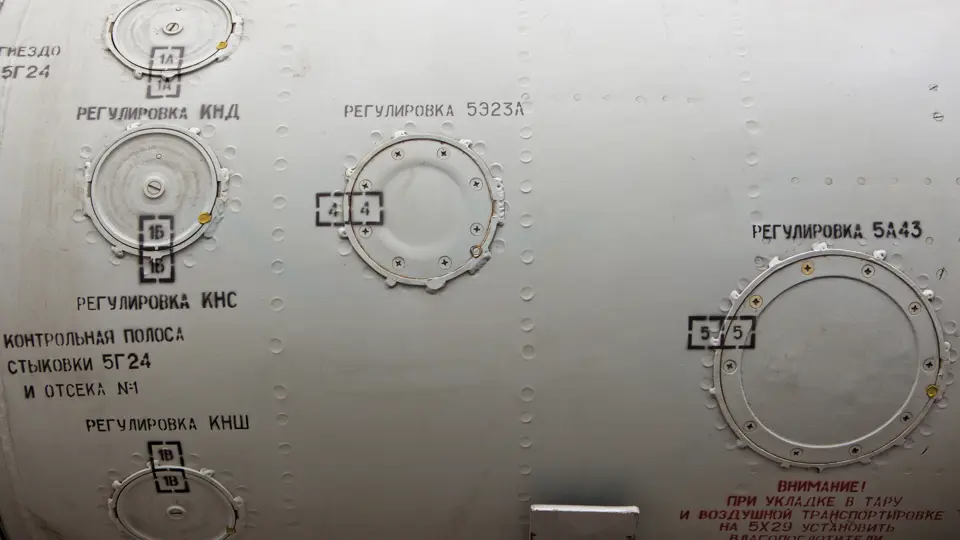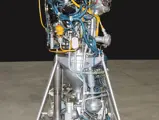 | London, United Kingdom
| London, United Kingdom

CIAM-NASA Hypersonic Flying Laboratory “Kholod”
{{lr.item.text}}
£38,025 GBP | Sold
{{bidding.lot.reserveStatusFormatted}}
- Capable of Mach 6.47 (7,926 km/h or 4,925 mph)
- Record holder for atmospheric speed from 1991 to 2001
- Fastest serially produced machine within Earth’s atmosphere
- Presented as a static technical aerospace artefact
For centuries, the fascination of inventive man has been held primarily by two great desires, to fly and to travel as quickly as possible. It is, as the movies dubbed it, “the need for speed”, and it has never relented through ages of new inventions, from the development of the jet to the Concorde to the possibility of passenger travel into space.
The vehicle offered here was constructed by a joint effort comprised by the Central Institute of Aviation Motors (CIAM) and the American National Aeronautic and Space Administration (NASA). This vehicle is known as the Hypersonic Flying Laboratory (HFL), or “Kholod”, and it is comprised of an entire experimental system for testing a dual-mode scramjet, which is boosted by a modified Russian SA-5 missile.
The Kholod’s experimental system includes the scramjet’s engine and propellant, engine control, engine cooling, instrumentation, and telemetry systems. The SA-5 booster was selected by CIAM because of its performance and trajectory, which were compatible with that of the asymmetric scramjet. It has four solid strap-on boosters, in addition to the main liquid-fuel rocket engine, and it would have been launched from a railroad car.
The size and weight of the Hypersonic Flying Laboratory allowed the SA-5 to attain its maximum operational speed of Mach 6. The missile was then highly modified to include several weight reduction measures, such as reducing the size of the control fins, making control system changes, increasing the liquid propellant load, and improving the performance of the solid-booster propellant. With these changes, this system achieved an incredible Mach 6.47.
In 1991, Kholod became the fastest machine ever to run within the world’s atmosphere, which was a record it would hold for the next decade. Its purpose may have been scientific, but its “wow factor” is no less impressive than its results. It is, quite simply, the fastest vehicle a human being is ever likely to own, as it has a top speed of 4,925 mph, which is roughly 20 times the top speed of a McLaren F1!
Currently, this example is being presented as a static aerospace artefact, and it is not set up for high-speed testing.
THE HFL SYSTEM
The conical N1 compartment is comprised of a transition section which is located from the engine to the cylindrical booster, and it is covered by a thermal protective skin to shield it from the heat of the engine’s exhaust. This compartment contains the engine control, fuel regulator, and instrumentation systems. Compartment N2 contains a double-walled, insulated liquid hydrogen propellant tank, and it is followed by the N3A compartment, which contains the pressurised helium used to pump the fuel to the engine, as well as high-pressure nitrogen for the pneumatic actuators. The final component, N3B, contains the telemetry system, system batteries, and the SA-5 missile control system. On-board HFL instrumentation includes 83 pressure transducers, 58 thermocouples, and 46 other system operation sensors.

